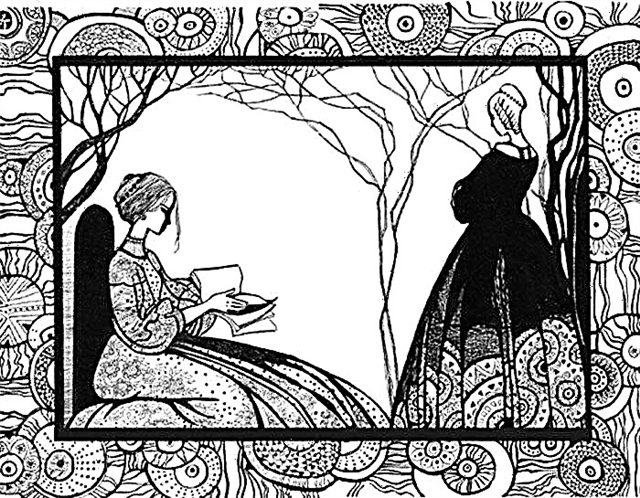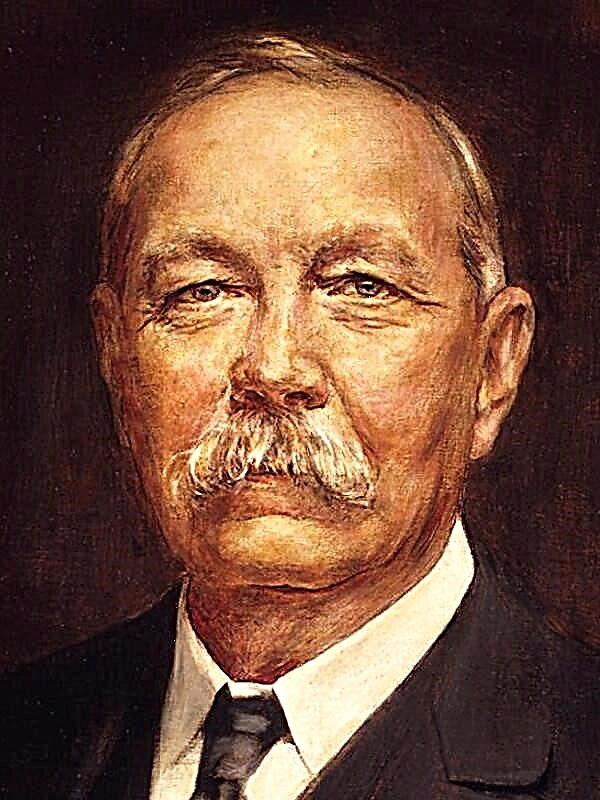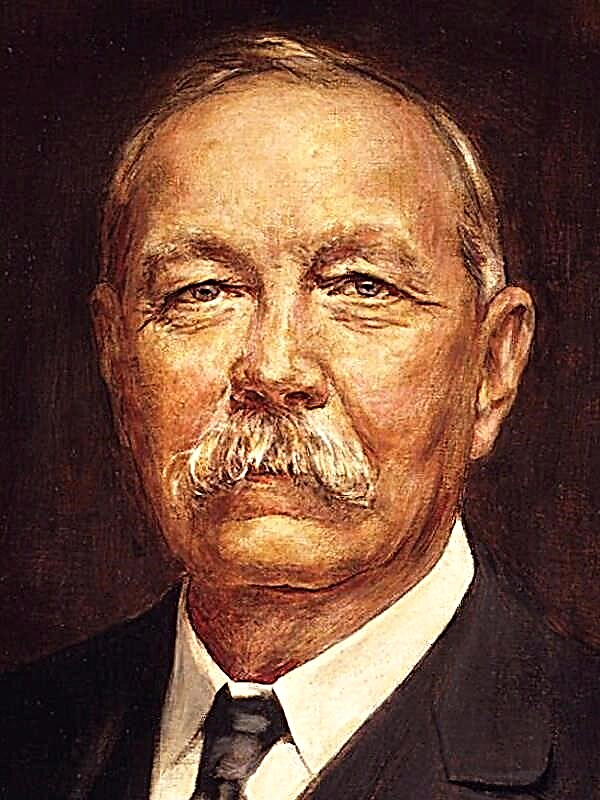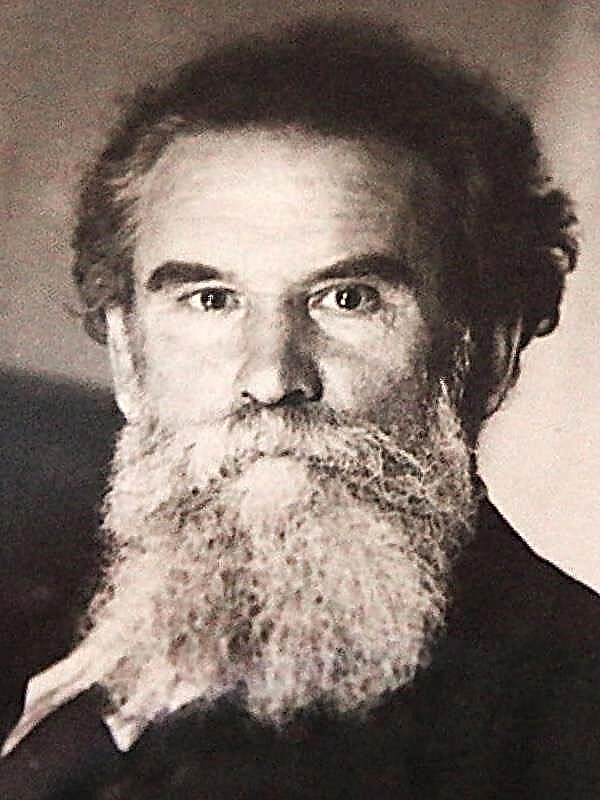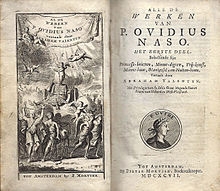(379 words) In the work of A.S. Pushkin's The Bronze Horseman Petersburg is depicted on both sides. On the one hand, the author admires the beauty and grandeur of the new city, its uniqueness. And on the other, it reflects the dead architecture of Petrograd, shows the insidiousness of its elements. Be that as it may, the famous critic Belinsky noted that the city was the real hero of Pushkin’s book.
The capital through the eyes of Pushkin is a city for gentlemen, but not for the people. The richness of the decoration of the central streets, beautiful estates and castles - all this is the property of the elite, which calmly survived the flood. But the common people, who did not have towers and balconies, became a victim of the wrath of the Neva, dressed in a tight stone robe. The author demonstrates the antithesis: first, he praises Peter and his creation, and then shows the indifference and coldness of this ruler in relation to the grief and suffering of the little man. The harsh climate of these places and the stony hearts of the authorities determined the sad fate of the inhabitants of St. Petersburg. Moreover, the events described by the author made it clear that the northern elements remained unconquered. Neva smashes and destroys the armor of the city, recalling the former freedom of its waters. But her anger crashed against the impregnable “insensibility” of the townspeople. Officials are already stepping into the wreckage of houses and corpses from blurry cemeteries. The city quickly comes to its senses and does not give a single dash of confusion. The victims of the tragedy are quickly forgotten, the streets are cleared, and life goes on. So the poet showed the icy indifference of a big city towards small people.
The history of the construction of the capital explains this phenomenon. The poet is surprised that in just a hundred years the swamp has turned into a huge bulk of buildings, where a beautiful port functioned, where the Russian fleet developed. And the reader involuntarily thinks about the price of this conquest: how many ordinary people died while building bridges and palaces, avenues and port facilities? The fast pace is due to the fact that no one counted the money and workers buried under powerful piles and long beams, on which the triumph of the city planner Peter was held. The city from the very beginning demanded sacrifices and once again gathered a bloody harvest in the flood. But it was not the first time that local residents had to decorate the altar with fresh victims, so they did not stop the usual rhythm of life in order to honor the memory of the fallen in the fight against the elements.
Thus, the poet managed to capture the unique image of St. Petersburg - the northern city with an impassive expression of icy calm, which cannot be shaken by any disasters. His cold beauty captivates his eyes, power intoxicates, but behind all this blinding magnificence lies an ugly wrong side - the tragedy of a small man in a big city built on his bones.

 The subtle art of indifference
The subtle art of indifference


